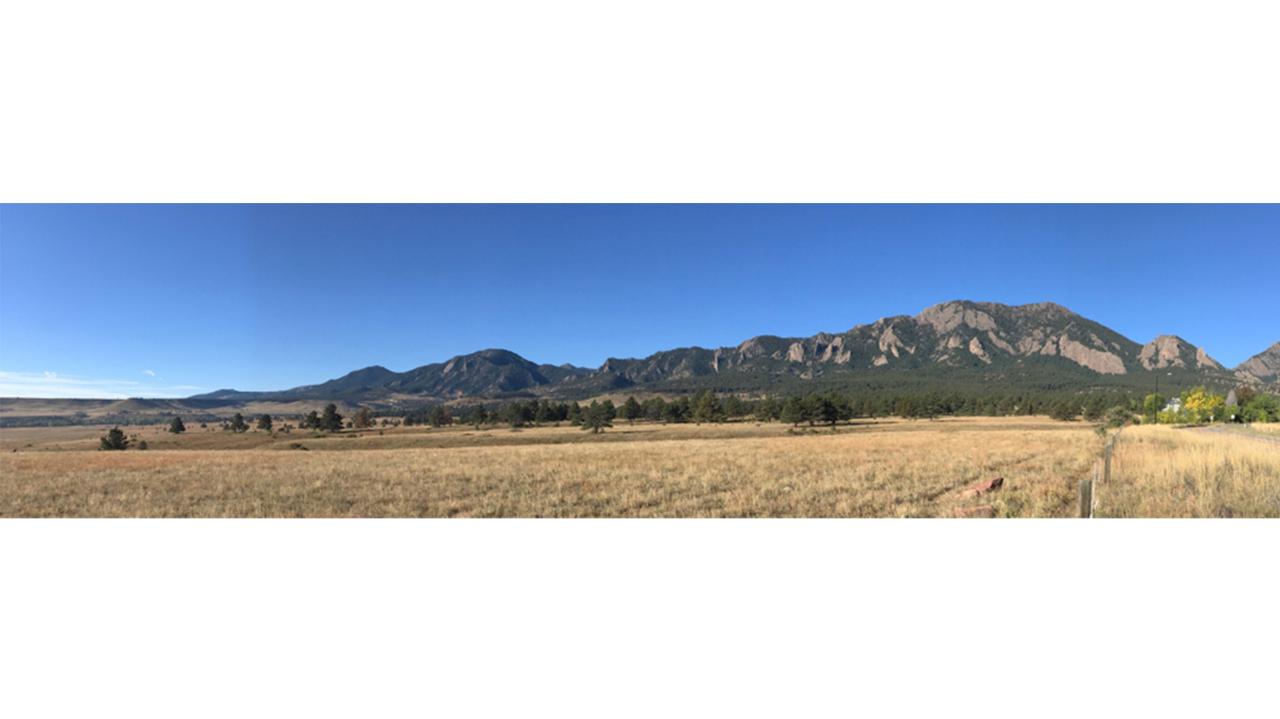Cooperative Institute for Research in Environmental SciencesCooperative Institute for Research in Environmental Sciences at the University of Colorado Boulder
Joost de Gouw
Professor of Chemistry
Education
- Ph.D. in Physics, Utrecht University, 1994, cum laude
Affiliated Department
Chemistry Department
Office Location
CHEM - 354
Phone
303-492-9422
Also on the web
Research Interests
My group’s main interests are the sources and chemical transformations of air pollutants in the atmosphere and indoor air, the formation of ozone and secondary organic aerosol, and the impact that these processes have on air quality, climate change, and human health. To study these issues, we use measurements of organic compounds by mass spectrometry and gas chromatography. We also analyze the results from satellite remote sensing measurements of air pollutants and greenhouse gases.
Current Research
We are currently working on several different projects:
Urban Air Quality
- We study emissions of volatile organic compounds (VOCs) in urban air and their chemical transformations with the ultimate goal of understanding ozone and organic aerosol formation. Towards these goals we conducted a field study in Los Angeles in the Summer of 2022.
- We are interested in the disparities in air pollution exposure. We quantified the differences in NO2 and PM2.5 exposure across Denver and found significantly higher exposures for certain racial and ehnic groups.
Wildfire Emissions
- We made measurements inside homes that were strongly impacted by smoke from the Marshall Fire in Boulder County in 2021. Some VOCs were enhanced inside these homes after the fire, and we found that their concentrations slowly decreased to more normal levels in 4-6 weeks.
- A particular lack in our understanding of fire impacts at the wildland-urban interface are data on the release of VOCs from the burning of building materials. To fill this gap, we participated in a study at Colorado State University in Summer of 2023, where we measured these emissions in the laboratory.
- We study wildfire emissions using satellite data from the TROPOMI instrument and found that the chemical composition changes as a fire progresses from more flaming to more smoldering conditions.
Indoor Air
- The chemical composition of indoor air has received far less attention than pollution in the ambient atmosphere. We have made measurements inside different buildings on the campus of CU Boulder, including a classroom, art museum, and athletic center.
- Our indoor air is now focusing more on the efficacy and side effects of air cleaners. We found that Germicidal UV lamps (GUV) form ozone indoors and are investigating the resulting chemistry when ozone reacts with indoor VOCs.
Emissions from Oil and Natural Gas Production
- Oil and natural gas production are at all-time highs in the United States due to the development of horizontal drilling and hydraulic fracturing. We are studying the emissions associated with this industrial activity using data from TROPospheric Monitoring Instrument (TROPOMI). Trends in nitrogen oxide emissions were quantified in the context of the dramatic changes in drilling activity and production that this industry has seen in the past 2 decades. We found that formaldehyde in oil and gas regions is enhanced, mostly as a result of photochemical reactions that transform the emitted hydrocarbons into formaldehyde and other secondary compounds. Our current focus is on the emissions of methane in Colorado.
Research Categories
Atmosphere, Chemistry, Climate and Weather, EnergyResearch Images
ORC ID
Google Scholar
Honors and Awards
2007: CIRES Outstanding Performance Award
2012: Co-recipient, Colorado Governor's Award for High-Impact Research - 2012
2014: Co-recipient, Colorado Governor's Award for High-Impact Research - 2014
2017: Web of Science Highly Cited Researcher, Geosciences
2018: Honorable Mention, Colorado Governor's Award for High-Impact Research
2020: Elected a Fellow of the American Geophysical Union
2022: Healthy Community Award, Boulder County Public Health
No results found.
Invalid date
to
Invalid date -Sponsors
Invalid date
-
Invalid dateP.I.(s)
About CECA
CECA connects and creates a supportive environment for graduate students and postdocs who come from various academic units to do research in CIRES.
